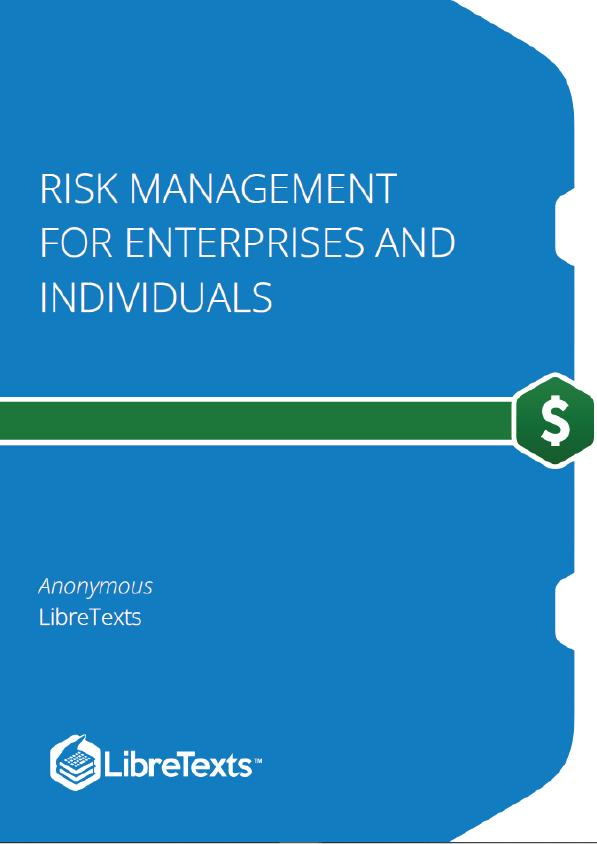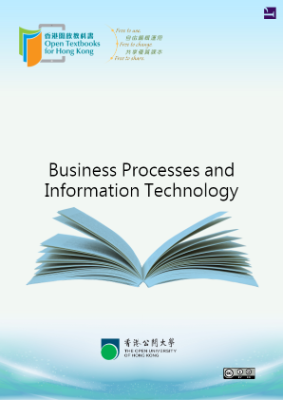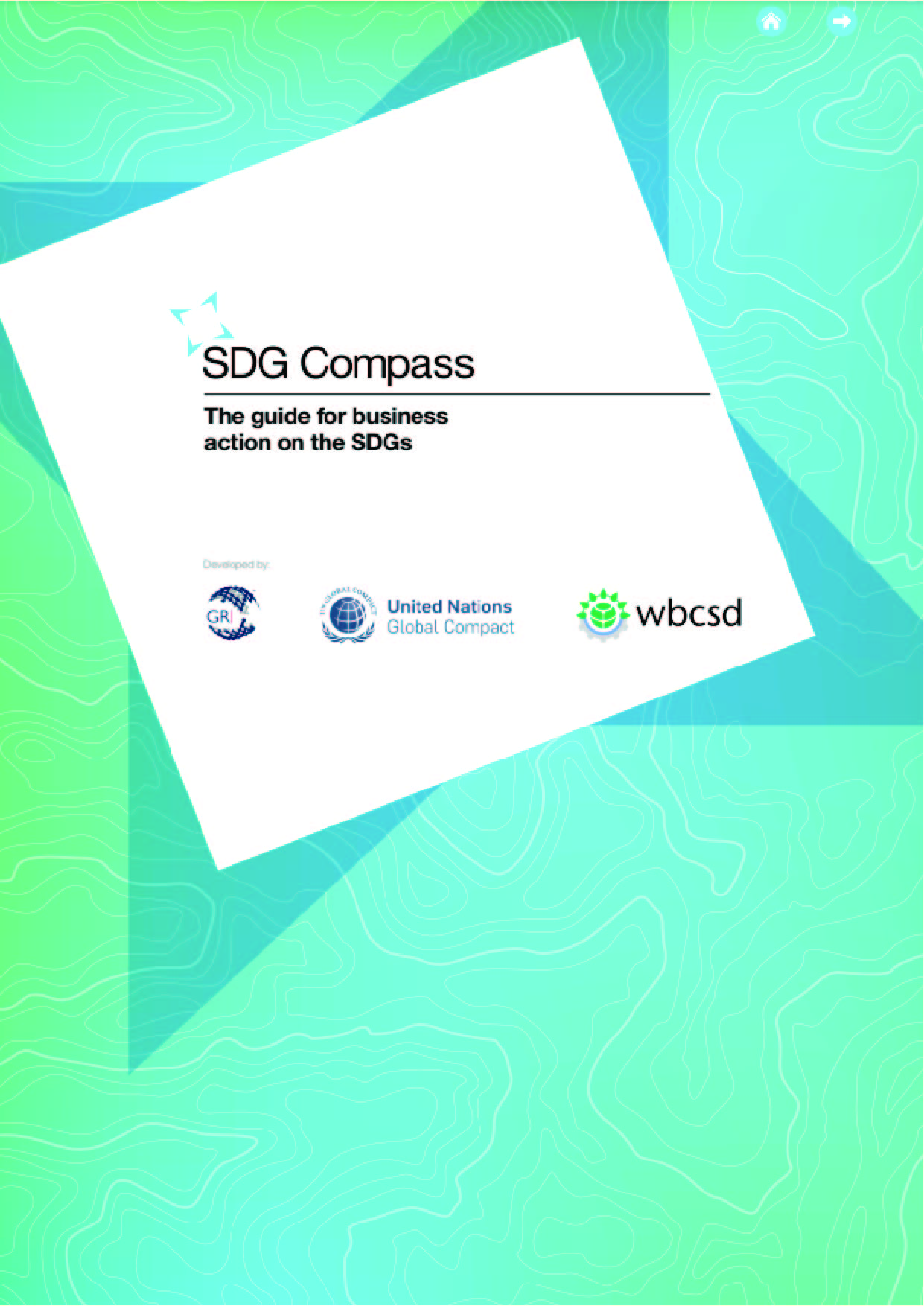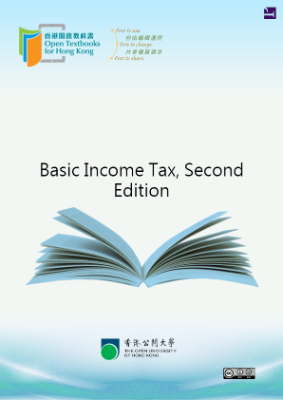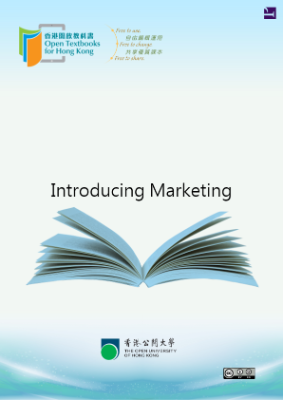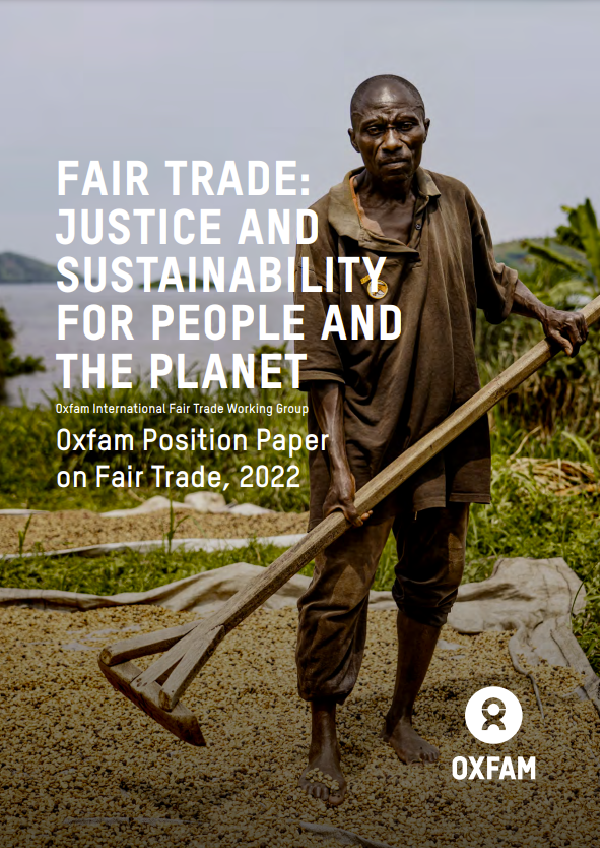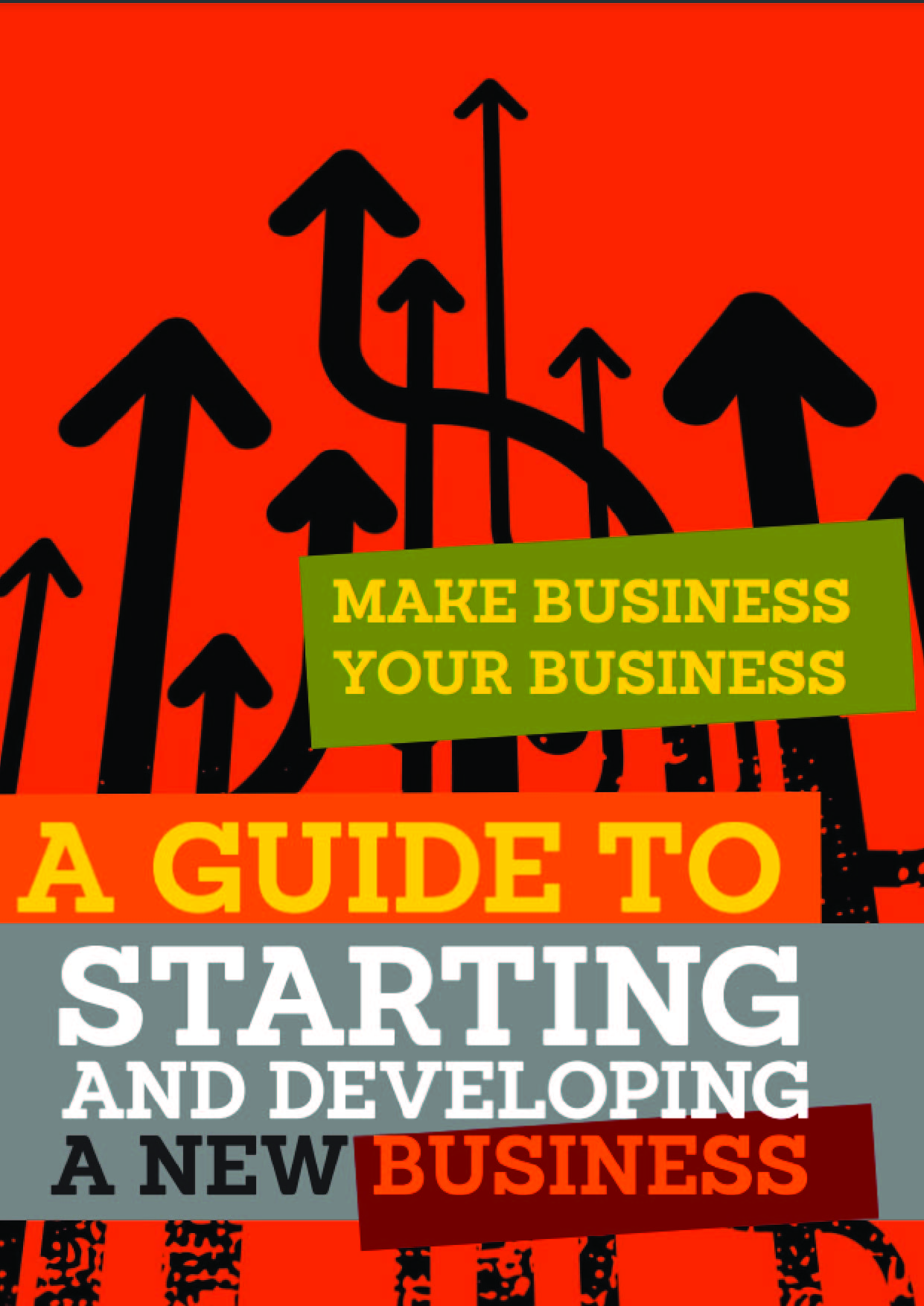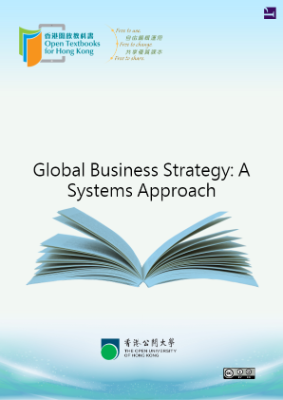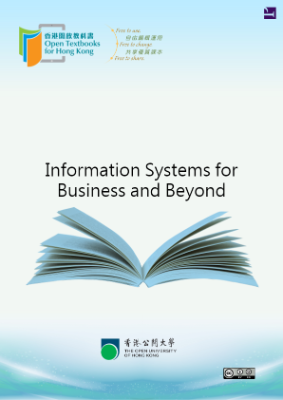In his novel A Tale of Two Cities, set during the French Revolution of the late eighteenth century, Charles Dickens wrote, “It was the best of times; it was the worst of times.” Dickens may have been premature, since the same might well be said now, at the beginning of the twenty-first century.
When we think of large risks, we often think in terms of natural hazards such as hurricanes, earthquakes, or tornados. Perhaps manmade disasters come to mind—such as the terrorist attacks that occurred in the United States on September 11, 2001. We typically have overlooked financial crises, such as the credit crisis of 2008. However, these types of man-made disasters have the potential to devastate the global marketplace. Losses in multiple trillions of dollars and in much human suffering and insecurity are already being totaled as the U.S. Congress fights over a $700 billion bailout. The financial markets are collapsing as never before seen.
Many observers consider this credit crunch, brought on by subprime mortgage lending and deregulation of the credit industry, to be the worst global financial calamity ever. Its unprecedented worldwide consequences have hit country after country—in many cases even harder than they hit the United States.David J. Lynch, “Global Financial Crisis May Hit Hardest Outside U.S.,” USA Today, October 30, 2008. The initial thought that the trouble was more a U.S. isolated trouble “laid low by a Wall Street culture of heedless risk-taking” and the thinking was that “the U.S. will lose its status as the superpower of the global financial system…. Now everyone realizes they are in this global mess together. Reflecting that shared fate, Asian and European leaders gathered Saturday in Beijing to brainstorm ahead of a Nov. 15 international financial summit in Washington, D.C.” The world is now a global village; we’re so fundamentally connected that past regional disasters can no longer be contained locally.
We can attribute the 2008 collapse to financially risky behavior of a magnitude never before experienced. Its implications dwarf any other disastrous events. The 2008 U.S. credit markets were a financial house of cards with a faulty foundation built by unethical behavior in the financial markets:
- Lenders gave home mortgages without prudent risk management to underqualified home buyers, starting the so-called subprime mortgage crisis.
- Many mortgages, including subprime mortgages, were bundled into new instruments called mortgage-backed securities, which were guaranteed by U.S. government agencies such as Fannie Mae and Freddie Mac.
- These new bundled instruments were sold to financial institutions around the world. Bundling the investments gave these institutions the impression that the diversification effect would in some way protect them from risk.
- Guarantees that were supposed to safeguard these instruments, called credit default swaps, were designed to take care of an assumed few defaults on loans, but they needed to safeguard against a systemic failure of many loans.
- Home prices started to decline simultaneously as many of the unqualified subprime mortgage holders had to begin paying larger monthly payments. They could not refinance at lower interest rates as rates rose after the 9/11 attacks.
- These subprime mortgage holders started to default on their loans. This dramatically increased the number of foreclosures, causing nonperformance on some mortgage-backed securities.
- Financial institutions guaranteeing the mortgage loans did not have the appropriate backing to sustain the large number of defaults. These firms thus lost ground, including one of the largest global insurers, AIG (American International Group).
- Many large global financial institutions became insolvent, bringing the whole financial world to the brink of collapse and halting the credit markets.
- Individuals and institutions such as banks lost confidence in the ability of other parties to repay loans, causing credit to freeze up.
- Governments had to get into the action and bail many of these institutions out as a last resort. This unfroze the credit mechanism that propels economic activity by enabling lenders to lend again.
